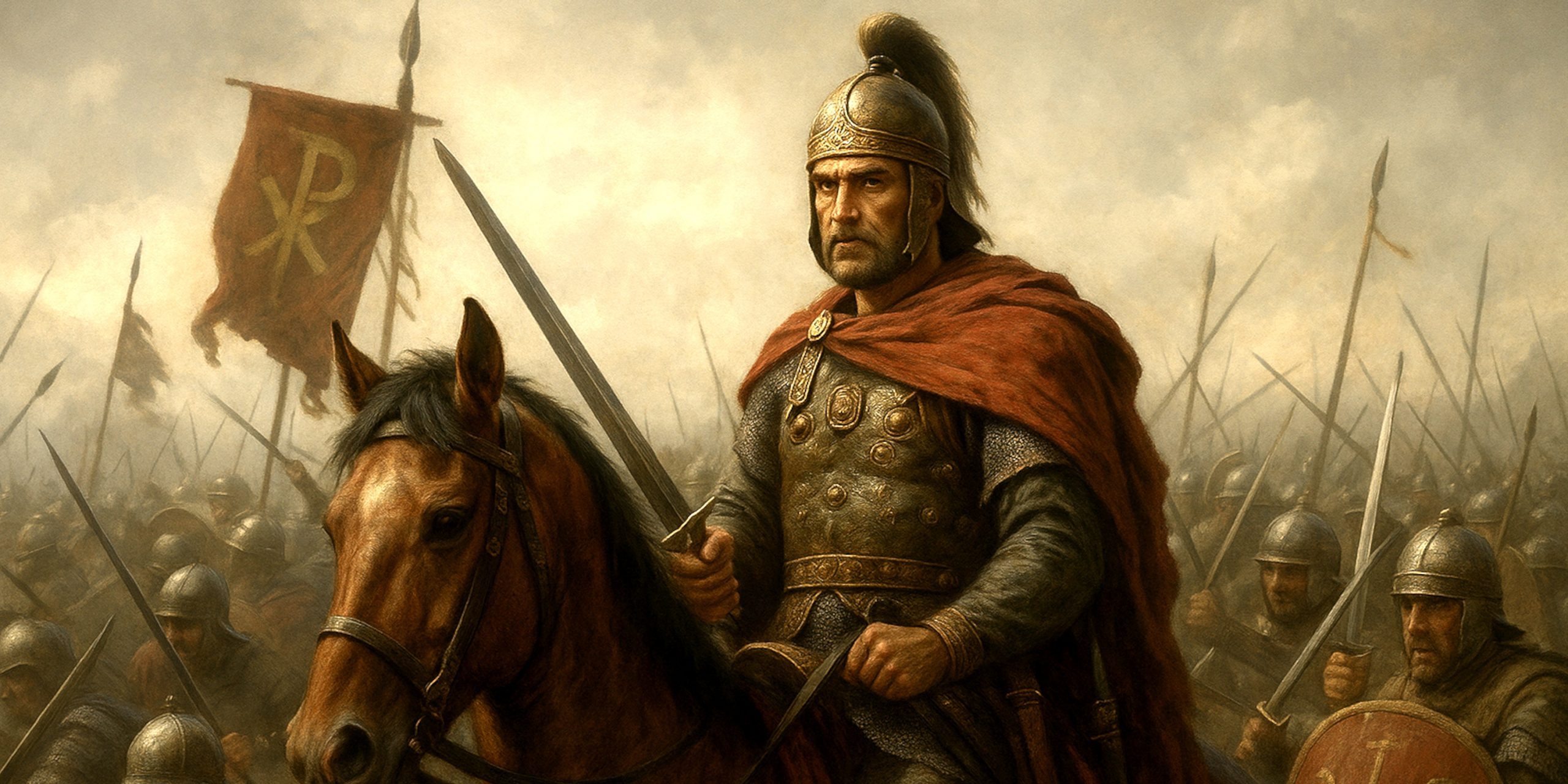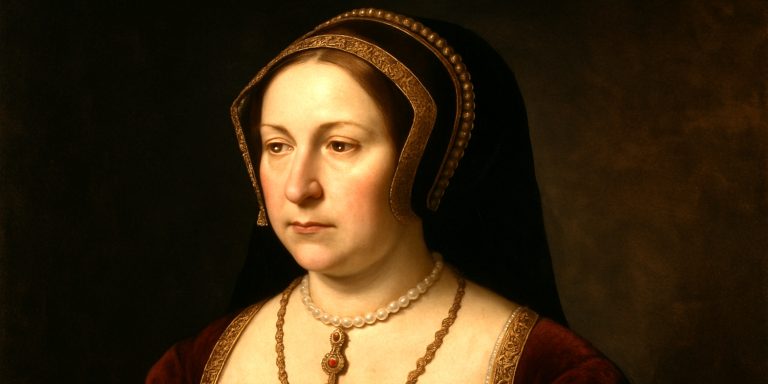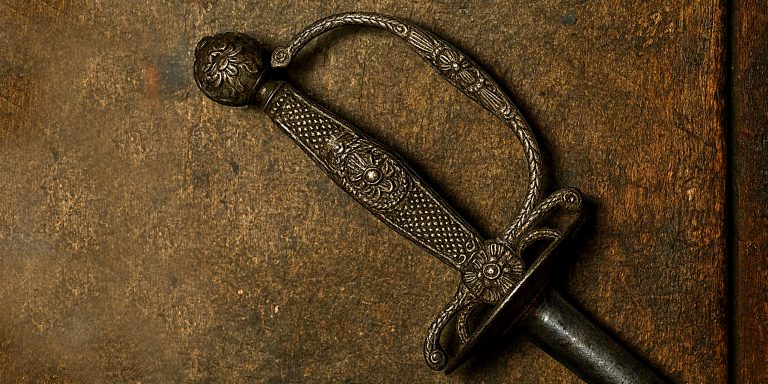
Flavius Aetius, born around 390 CE in Durostorum (modern Silistra, Bulgaria), was one of the last great military commanders of the Western Roman Empire. He held the powerful title of magister militum and effectively governed the empire’s military affairs during its most precarious decades. His influence lasted until his assassination in Ravenna in 454 CE.
Arms and Armour
There are no surviving weapons or pieces of armour directly attributed to Aetius. However, his era was defined by a mix of traditional Roman military equipment and the styles adopted from foederati, the barbarian tribes allied to Rome. Weapons likely included the spatha (a longer cavalry sword), oval or almond-shaped shields, and spears. Armour typically consisted of mail shirts, scale armour, and reinforced helmets, reflecting both Roman and Germanic traditions.
High-ranking commanders like Aetius would have been equipped with finely made arms, possibly customised and decorated, though these items have not been preserved in any identifiable form. What remains from the period are more general artefacts that provide context rather than personal attribution.
Battles and Military Acumen
Aetius was active across Gaul, Italy, and the Balkans, defending the Western Empire against both external invasions and internal collapse. He spent part of his youth as a hostage among both the Visigoths and Huns, giving him rare insight into Rome’s enemies. This experience later proved invaluable in diplomacy and warfare.
His greatest victory came at the Battle of the Catalaunian Plains in 451 CE, where he led a coalition of Romans, Visigoths, Franks, Alans, and Burgundians against Attila the Hun. Although the battle was indecisive in military terms, it halted Attila’s advance into Gaul and was seen by contemporaries as a Roman triumph. Some historians believe Aetius deliberately avoided destroying Attila’s forces completely, preferring to maintain a balance of power that would keep the Visigoths in check.
Throughout his career, Aetius worked to stabilise frontier regions, suppress rebellions, and manage shifting alliances. His ability to coordinate diverse and often fractious groups of foederati showed considerable diplomatic and strategic skill. Even his critics acknowledged his command of both battlefield tactics and imperial politics.
Where to See Artefacts from His Era
While no confirmed personal artefacts of Aetius survive, several museums and archaeological sites offer material from his time:
- Musée de l’Armée (Paris) and Vatican Museums (Rome) contain arms, armour, and military fittings from the late Roman period.
- Ravenna, where Aetius was assassinated, remains a key site for late antique architecture and mosaics, including those from the reign of Emperor Valentinian III.
- Northeastern France, the likely site of the Catalaunian Plains battle, has been subject to ongoing archaeological debate. Though no definitive battlefield evidence has been recovered, the area near Châlons-en-Champagne is a focal point for research.
Latest Archaeology and Interpretations
Modern scholarship is shifting focus from battlefield heroics to the broader political context of Aetius’s career. Some studies now reassess the idea of him as “the last of the Romans”, arguing that he was less a holdover from classical Rome and more a pragmatic operator in a post-imperial world. Excavations of late Roman frontier forts in Gaul and Pannonia, along with reinterpretations of burial sites and coin hoards, continue to shed light on the military economy and cultural landscape of Aetius’s time.
New findings from Roman-Germanic hybrid burials and late fifth-century military sites increasingly support the view that Aetius operated in a world that had already changed significantly from the structured imperial system of earlier centuries. His legacy lies not in restoring Rome but in holding it together a little longer.
Watch the documentary:



